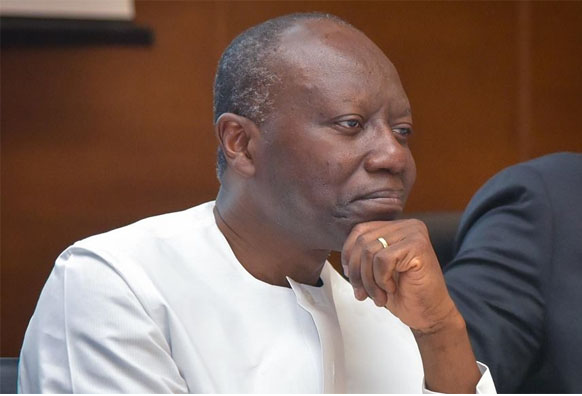Ghana’s debt hits GHc154.3bn
- Posted on
- Comment
Data published by the Bank of Ghana after its Monetary Policy Committee Meeting has put Ghana’s total debt stock at 154.3 billion cedis as at May 2018.
The figure shows that the debt stock to GDP dropped on a Year-on-Year basis from 67.3 percent in 2017 to 63.8 percent in the same period under review.
According to the data, the External component of the debt stock was at 18.5 billion dollars, while the domestic stood at 72.6 billion cedis by May.
A critical look at the data, however, shows that the government added 6.3 billion cedis to the debt stock from March 2018 to May 2018.
The debt increased from 148 billion cedis in March to 154.3 billion cedis in May, showing an increase in debt to GDP from 61.2 percent to 63.8 percent in the same period.
It is not clear what may have caused the debt to increase.
Banking sector performance
In the banking sector, the data showed that total assets saw an increase on Year on Year basis from 86.7 billion cedis in June 2017 to 100.3 billion cedis in the same period in 2018.
This, however, showed annual growth of 30.8 percent in June 2017, compared to 15.7 percent in June 2018.
On Year on Year basis, the Non-Performing Loans, which is credit gone bad in the banking sector increased from 21.2 percent in June 2017 to 22.6 percent in June 2018.
The figure, however, showed that the NPL dropped marginally from 23.4 percent in April this year to 22.6 percent in June.
External performance
On export and import, the data showed that Ghana earned 7.8 billion dollars from export as against 6.7 billion in import for June 2018, leaving a trade balance of 1.1 billion dollars.
This means that by June this year, the country has imported more goods than it has exported.
Gold, Cocoa, and oil fetched the country 2.8 billion dollars, 1.4 billion dollars, and 2.1 billion dollars respectively.











 (Selorm) |
(Selorm) |  (Nana Kwesi)
(Nana Kwesi)